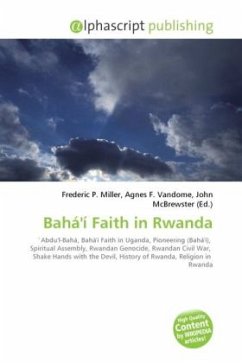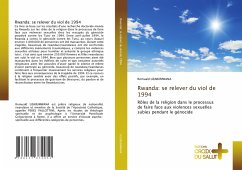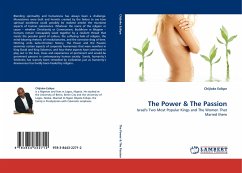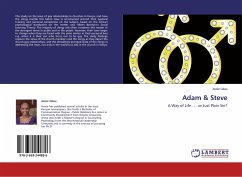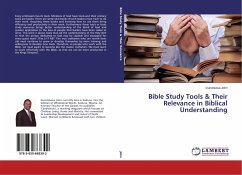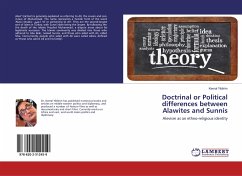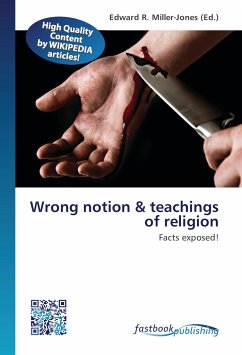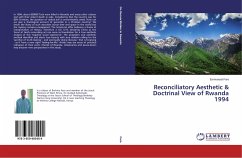
Reconciliatory Aesthetic & Doctrinal View of Rwanda 1994
Versandkostenfrei!
Versandfertig in 6-10 Tagen
43,99 €
inkl. MwSt.

PAYBACK Punkte
22 °P sammeln!
In 1994, about 800000 Tutsi were killed in Rwanda and many other citizens met with their violent death in exile. Considering that the country was for 80% Christian, the question of 'radical evil' is concomitantly raised. How can we give a theological account of genocide in a Christian country? We know the litany of such atrocities across time and space in the world but the mystery remains unexplained. The Scriptures offer believers a frame of interpretation of History. Therefore 2 Cor 5:19, declaring Christ as the 'locus' of God's reconciling act can serve as foundation for a true aesthetic an...
In 1994, about 800000 Tutsi were killed in Rwanda and many other citizens met with their violent death in exile. Considering that the country was for 80% Christian, the question of 'radical evil' is concomitantly raised. How can we give a theological account of genocide in a Christian country? We know the litany of such atrocities across time and space in the world but the mystery remains unexplained. The Scriptures offer believers a frame of interpretation of History. Therefore 2 Cor 5:19, declaring Christ as the 'locus' of God's reconciling act can serve as foundation for a true aesthetic analysis of this 'negative social experience'. The pragmatic and aesthetic method identifies and elects true beauty with sure wisdom calling for the 'sacrifice of truth-making' - and eventually 'doing likewise,' that is forgiving - as if from a new right 'feeling-for-life'. Artists may see areas of practical relevance of their work. Friends of Rwanda, missionaries and peace-lovers may discovernew perspectives in this study.



